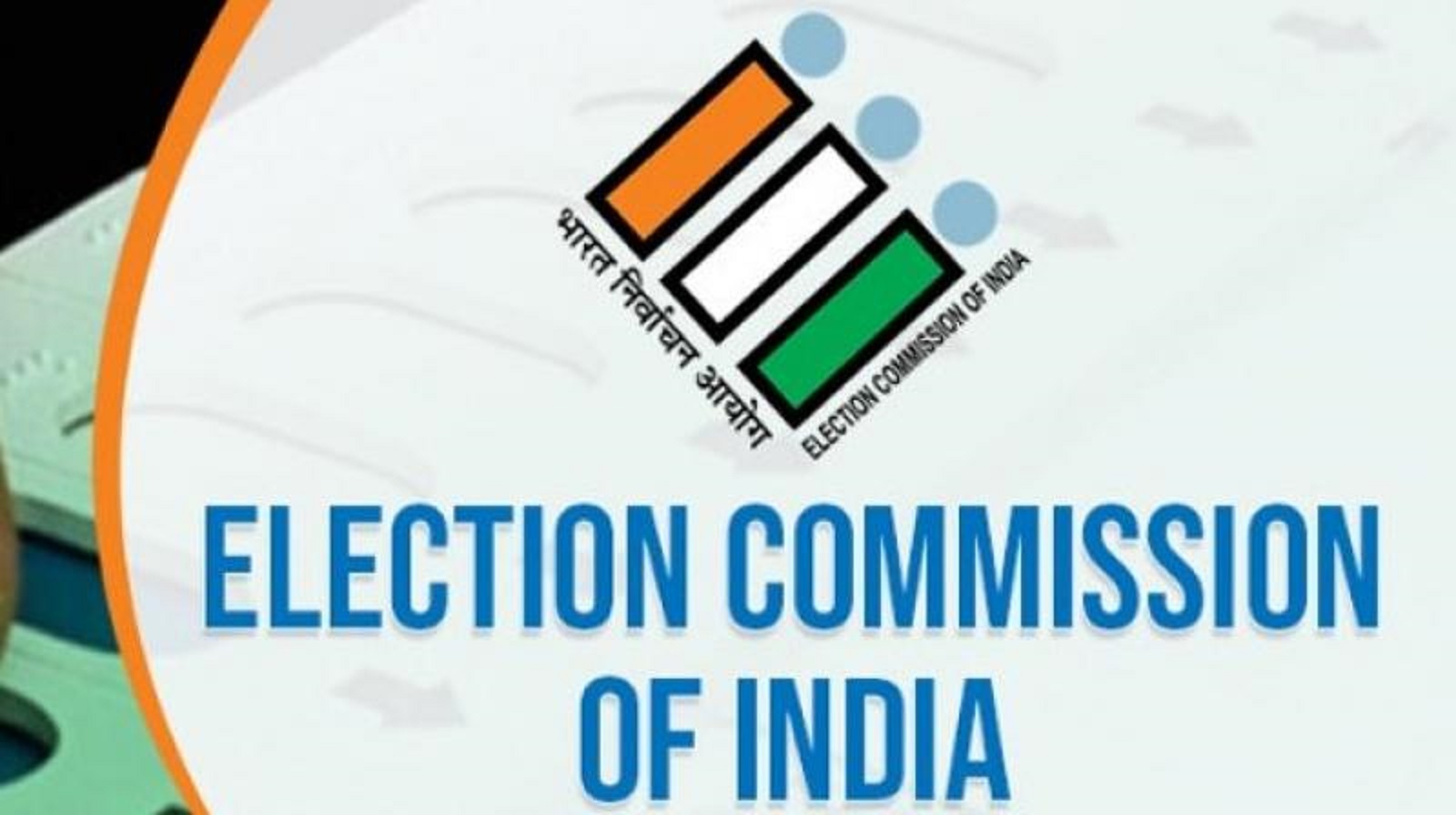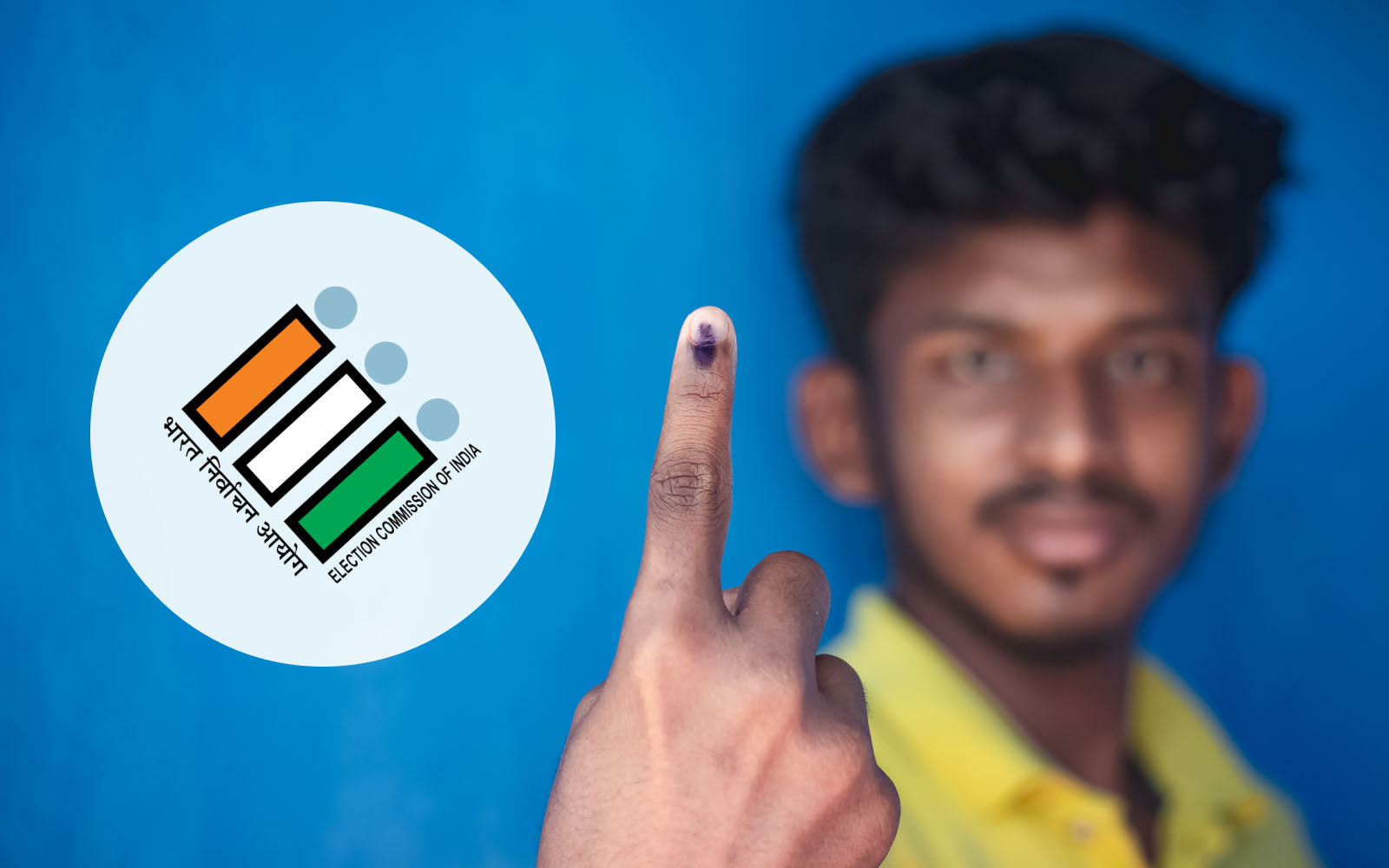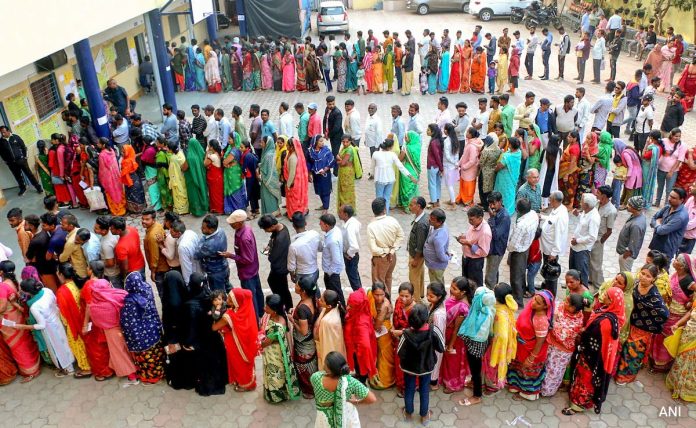- As you are aware, three phases of the Indian general election to choose the members of parliament have already happened with four more to go. The first two phases saw a dip in the voting percentages as per the Election Commission of India despite every concerned authority making fervent appeals for a bigger turnout to exercise the franchise. Despite voter apathy, disinclination, cynicism, and soaring summer temperatures, many responsible and eligible citizens irrespective of their age did come out to vote though. Thankfully, the third phase of the voting did largely narrow the previous percentage. The Election Commission and the political parties must be heaving a huge sigh of relief with the eventual outcome of the third phase of polling.

PC: Only IAS
- The moot point to ponder over here is whether the polling percentage and in turn, the voter share offer which way the political wind is blowing. Is it the right way to read poll politics to ascertain whether a particular party/alliance would be ahead of others? Let’s delve deep to understand the same. Make no mistake, vote shares and the ways they matter can vary wildly. Mind you, a first-past-the-post electoral system never fully captures keen contests on the ground. Because victory, seat by seat, is what matters, what’s often ignored is that larger parties form coalitions on the strength of smaller parties’ vote shares, a metric that reflects a party’s strength, regardless of seats won. It assumes an interesting turn to further dissect the pattern.
- Note for instance how the BJP recently claimed it will win 5 seats and pull 20% votes in Kerala, from its 2019 tally of 13% vote share and zero wins. Thus, on a 7 percentage-point increase, BJP says it’ll swing a 50-seat haul. June 4 will show what’s what, but how does the math play out? Yes, the conversion of votes to seats is where political parties and poll pundits sweat it out. What share guarantees a win? A conversion formula is elusive. Again, for instance, in Rajasthan assembly elections, Congress and BJP have won the state on vote share differences of as little as 1 percentage point. When the chemistry is not a factor, read Modi waves of 2014 and 2019, in a multi-party contest, even a 20% vote share can bring victory. That’s huge, you see.

PC: Paytm
- Normally a lead of about 9 percentage points in a nearby bipolar contest leads to a sweep. But there are no hard and fast rules here. As such, reading vote shares demands careful parsing. State averages can mislead. In multipolar contests, even slight shifts can cause upheavals. Looking not far from four-cornered contests in UP – before the Modi tides – meant minor changes in vote shares could translate into huge shifts in seats. It is this unpredictability that drives parties to form alliances where a small percentage of votes polled could swing their way. No wonder, no major political party would let go of an opportunity to forge alliances. A large vote share scattered across constituencies does not make a winner. There are other underlying factors too.






